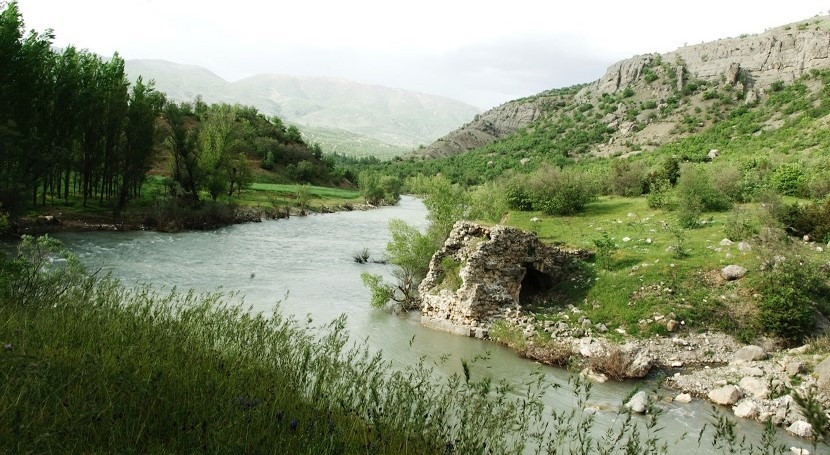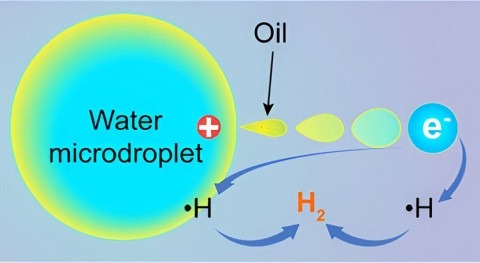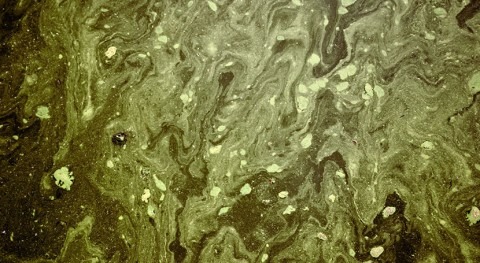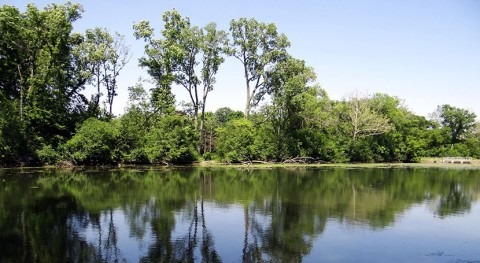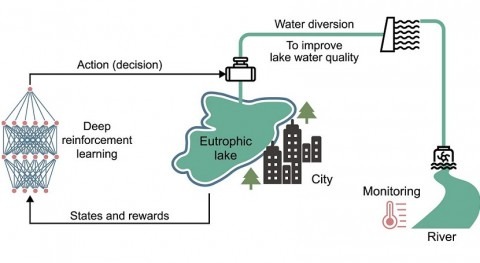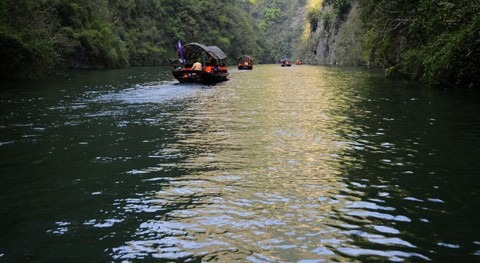Anthropogenic production of reactive nitrogen (N) is increasing rapidly due to the growing demand for food production. Rivers are the receptors of N, especially nitrate (NO3–), produced in their drainage catchments, therefore, quantifying catchment-scale NO3– sources and transformations is vital for understanding the global biogeochemical cycles of N and for remediating river NO3– pollution.
Historically, natural abundance isotopic compositions of NO3– (δ15N/δ18O-NO3–) in a river have been used to reveal catchment-scale NO3– sources and removal, and molecular techniques and 15N pairing experiments can quantify NO3– related processes and their regulators in microenvironments. However, there is a long-standing gap between these techniques because they focus on different aspects of a catchment.
Dr. JIANG Hao, Prof. ZHANG Quanfa, and their colleagues from the Wuhan Botanical Garden of the Chinese Academy of Sciences proposed a novel protocol that comprehensively applies natural abundance isotope tracing, 15N pairing and molecular techniques to investigate the NO3– cycling processes and the regulating mechanisms at catchment scales.
By applying the protocol in two catchments on the Qinghai-Tibet Plateau representing varying environmental conditions, the researchers explicitly described the NO3– production and removal processes and their abiotic and biotic driving factors in the catchments. In addition, the spatial variations in the NO3– yield rates and fluvial NO3– export rates were well explained.
The results successfully demonstrated the effectiveness of the protocol in revealing catchment-scale NO3– yield and fluvial NO3– export dynamics.
This study, published in Science of the Total Environment, was supported by the National Natural Science Foundation of China.
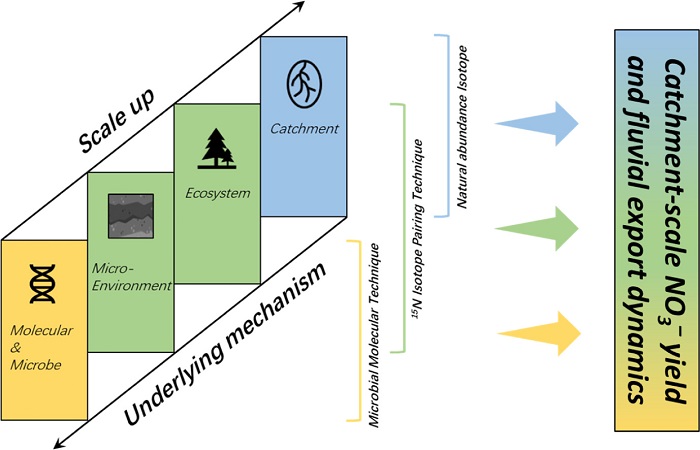
Coupling geochemical and molecular techniques for catchment-scale NO3– dynamics. a. Natural abundance isotopes of river waters contain composite information of multiple NO3– sources and various NO3– cycling processes at the catchment scale; b. Coupling potentials of natural abundance isotopes, microbial molecular techniques, and 15N pairing techniques for revealing catchment-scale NO3– dynamics. (Image by WBG)


